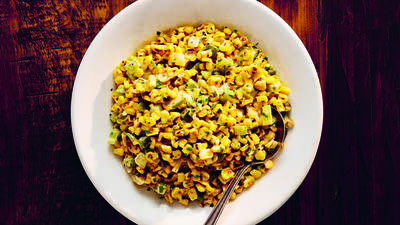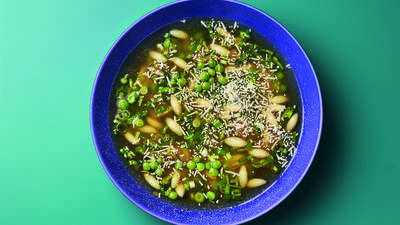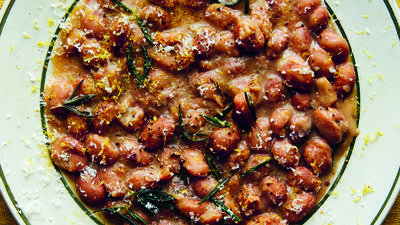
Ray Isle, executive wine editor of Food & Wine magazine, lists four classic wines that define regions around the world. [Ed. note: More from Isle on preserving old vines.]
Lynne Rossetto Kasper: How do you define a classic wine?
Ray Isle: For me, classic wines are wines that define a region or a place that are emblematic of it. If you taste this wine, if you drink it, you'll have a real sense of what it means when someone says Willamette Valley pinot noir or when someone says Champagne. Not the outliers, but the central wines of a region.
Ray Isle's picks for classic wine
1. Champagne
I would start with Champagne. There are few occasions on which Champagne is not a good thing to be opening.
 Ray Isle
Ray Isle
Champagne technically comes from the Champagne region in France. One of my favorites as a basic brut Champagne is the Pol Roger Brut Reserve Champagne. The suggested price is around $45, but this time of year you'll start to see deals.
I like the Pol Roger because it's so classically Champagne. It's crisp. It has got a little bit of creaminess -- that slightly toasty, creamy character that good Champagne has. It's still a family-owned company, which is a nice, unusual thing in the larger brands of Champagne these days.
It's one of those wines you pop the cork, you pour a glass, you taste it and if you had any doubt about what Champagne was, this gives you that sense.
2. Australian Riesling
Another white wine -- which I think of as a new classic in a sense -- is an Australian riesling. People tend to think of riesling as being sweet and slightly cloying. Australian rieslings are dry, crisp and almost racy. They've got a real mineral streak to them.
The one I picked was a Grosset Polish Hill Riesling. Jeff Grosset is one of the defining riesling wine makers in Australia. Polish Hill is this vineyard in Clare Valley, Australia, that produces just fabulous rieslings. That's also in the $40 range.
There are a lot of more affordable, terrific Australian rieslings that I urge people to go out and try. If they have the sense of riesling as being this sweet wine, these will completely change their perspective on it.
3. Australian Cabernet
Classic doesn't necessarily have to mean expensive. Penfolds Koonunga Hill Shiraz Cabernet is to me just definingly a classic, affordable, Australian red. It's $12 a bottle.
It's juicy. It has got a lot of blackberry, spicy flavor. It's perfect barbecue wine, it's perfect winter wine with stews and things like that, and it's affordable. It doesn't claim to be a wine that's going to age for 40 years in your cellar. It's not going to overwhelm you with complexity, but it will impress you with deliciousness, which for $12 is a good thing.
4. Willamette Valley Pinot Noir
The U.S. has become an incredible wine region over the past century or so. One of the up-and-coming regions I like is Oregon, Willamette Valley, particularly for pinot noir.
Pinot noirs are popular these days. Oregon pinot noirs tend to be a little more streamlined, a little spicier than the California ones. They're not to the point of Burgundy, but they're an interesting mid range between California and Burgundy.
One of the ones I like best, which I do feel is kind of defining for Oregon pinots, is Eyrie Vineyards Estate Pinot Noir. It's about $29 give or take.
David Lett, who founded Eyrie and who has passed away, planted the first chardonnay and pinot noir vines in the Willamette Valley. He was a hugely significant person in that wine region.
It's still a fantastic pinot. It's one of those nice wines that's under $30 that is delicious to drink now, but also could be put in the cellar and aged for a while. It's a great gift as well. That, to me, is what I mean by classic. Again, it gives you that whole sense of what Oregon pinot can be and is. At the same time, it's distinctive unto itself.
Before you go...
Each week, The Splendid Table brings you stories that expand your world view, inspire you to try something new, and show how food connects us all. We rely on your generous support. For as little as $5 a month, you can have a lasting impact on The Splendid Table. And, when you donate, you’ll join a community of like-minded individuals who love good food, good conversation, and kitchen companionship. Show your love for The Splendid Table with a gift today.
Thank you for your support.
Donate today for as little as $5.00 a month. Your gift only takes a few minutes and has a lasting impact on The Splendid Table and you'll be welcomed into The Splendid Table Co-op.




